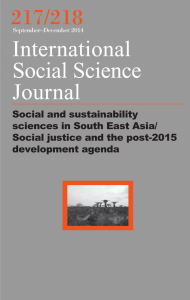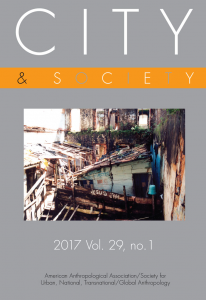Is this person gay?
… Is s/he British? Is this person happy? Intelligent? These are some of the strong questions participants were asked to cast their vote about when faced with the anonymous picture of a stranger in latest Christian Nold‘s provocative installation. Over 14,000 people in one month cast their vote in the ‘Community Metrics’ in Nottingham (UK) and decide ‘live’ who of the volunteers should be deported: a sort of ‘friendly fascism’, a dystopian version of Facebook, a tease out of many reality TV shows.
The installation prompted me to read again (that’s what is good about radical art!) Emmanuel Levinas’ ideas on ethics: for the French philosopher, whose family was wiped out by the Holocaust, ethics begins with the direct encounter with the face of the Other. This action is ethical because, rather than knowing, and hence objectifying the other, by way of static representation, in the face-to-face encounter, ‘The face of the Other at each moment destroys and overflows the plastic image it leaves in me…the Other signals but does not present themselves’.
This opens a big problem for representation, especially visual, to the extent that the object of representation ‘always falls under the power of thought’. There is a sense in which, by making an image of this overflowing, by reducing the Other to a set of conventions, a-priori categories, and image-repertoire, we might be perpetrating a form of violence, which hence deny the alterity expressed by the face of the Other.








1728-4457/asset/PopulationCouncilLogo.jpg?v=1&s=03074651676b98d6b9d0ef1234bd48fe7ff937c3)
Simmel makes some interesting points about the Other in his writing _The Stranger_. There, he exposes the benefits of occupying the position of Other in addition to the ways that it can lead to forms of violence.
Keri
Thanks for pointing out to this seminal text. I think Simmel’s position embeds the discourse on representations of types, very similar to the one highlighted in the post. Playing with the concepts of nearness and distance, he links the ‘stranger-danger’ discourse to the symbolic construction of community. The ‘estrangement’ happens “when the consciousness that only the quite general is common, stresses that which is not common” (p. 3).
But, I ask, how do we get to that consciousness? What role has photographic representation in the construction of the symbolic community? What notions of homogeneity and togetherness are we prioritizing when we attempt to photograph what we see as a ‘community’? And, what kind of idea of community this discourse imply in the first place?
Others, like Richard Sennet, privilege the encounter with strangers as at the very heart of urban living, from which an incomplete sense of personal identity, as well as re-assembled communities (I think here of Luc Nancy and Iris Marion Young), might emerge. Others, so to speak, might refuse a blase’ attitude to the metropolis. I think there is hope in Levinas’ ethics.
Best, Paolo.